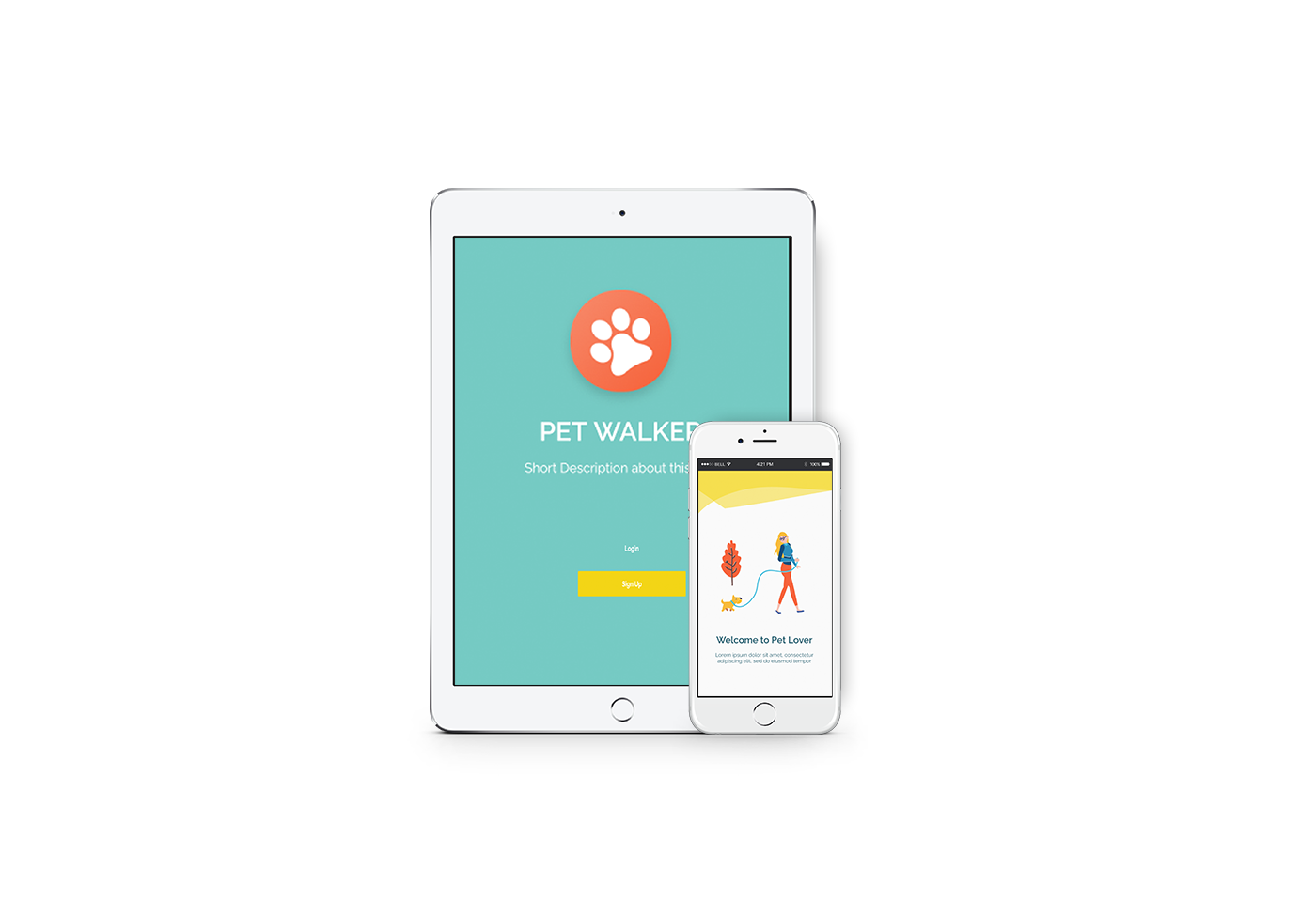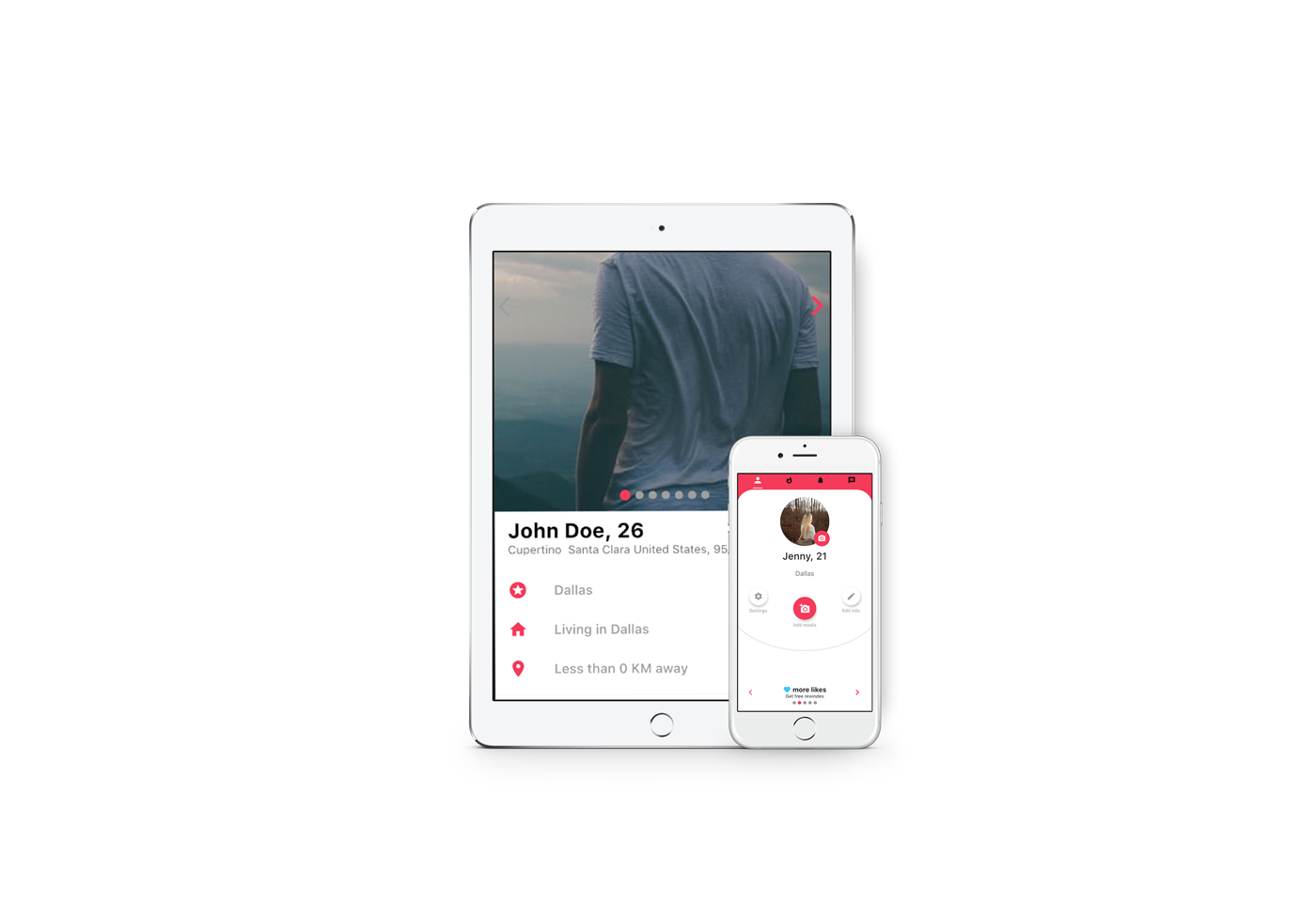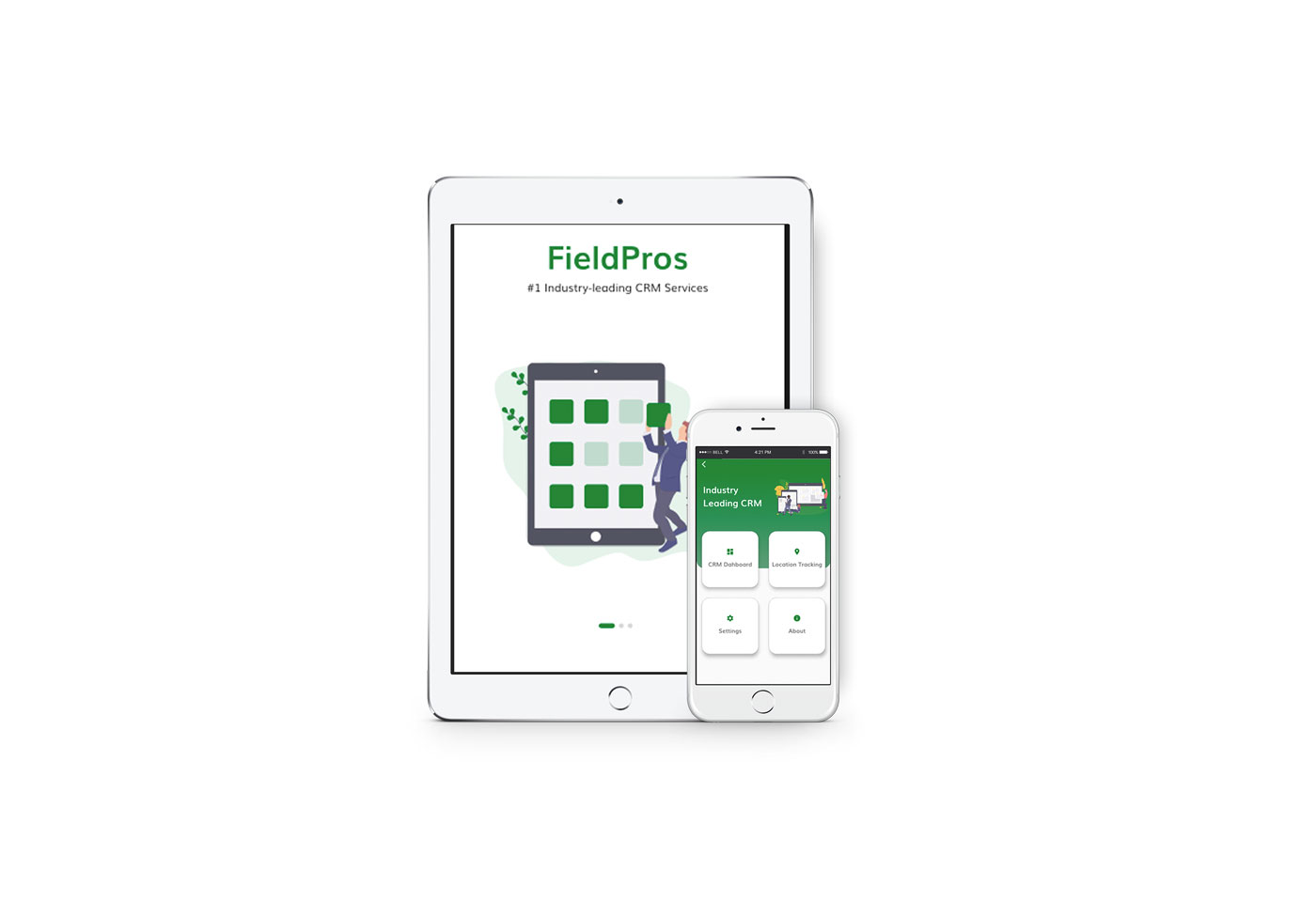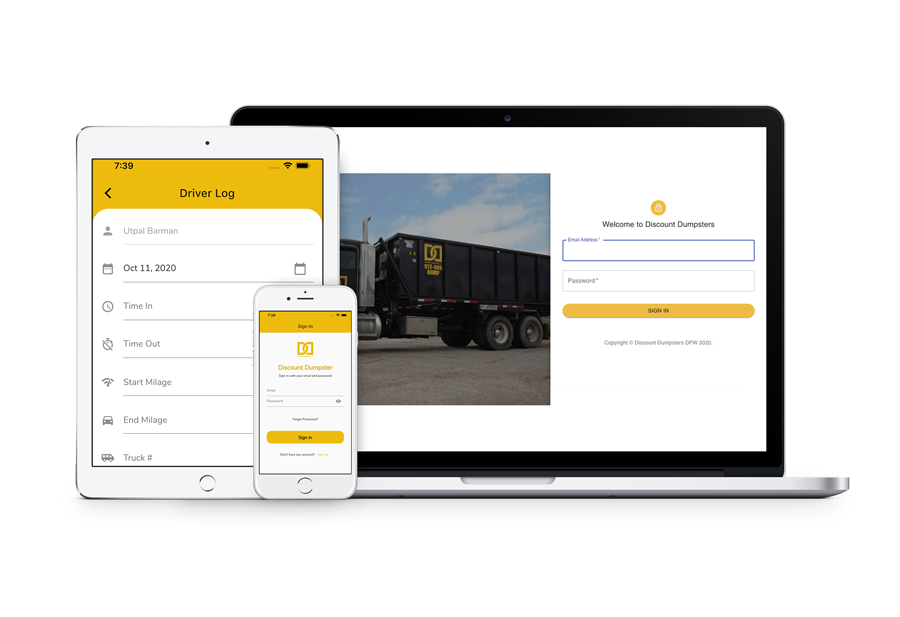A Software Requirements Specification (SRS) is a document or set describing the behavior and features of the software and mobile applications or systems. The SRS includes several elements that define the functionality and use of the system to meet the requirements.
The SRS also defines the main business processes supported, the simplifying assumptions, and key performance parameters required by the system.
What are the key elements of SRS?
The level of detail and formality in the SRS will vary. It depends on whether you’re applying the waterfall or agile methodology. Typically, the SRS includes a short description of the system, technical and functional requirements, assumptions, and client acceptance criteria.
Business Drivers
This section of the SRS defines the client’s needs and why they require the use of the system. This information guides the decisions of the system developers and architects and business analysts.
Business Model
This section includes the organizational hierarchy and context, key business functions, business context, current and future-state diagrams, and process flow charts.
System and Functional Requirements
This section consists of the hierarchical organization of the system requirements.
System and Business Use Cases
This section consists of a UML use case diagram illustrating the key external entities interacting with the SRS.
Technical Constraints and Requirements
You’ll use this section to list “non-functional” requirements embodying the technical operating environment for the system. It includes all technical constraints to operating conditions.
System Viability and Qualities
These elements include the availability, reliability, security, serviceability, and scalability of the system.
Assumptions
This section of the SRS contains any assumptions made by the engineering and development team. They come to these assumptions when gathering and analyzing data to match the client’s requirements.
Client Acceptance Criteria
This section of the SRS describes the client requirements they expect from implementing the system. If the client is satisfied with the results, they will “sign off” on the system in this section.






